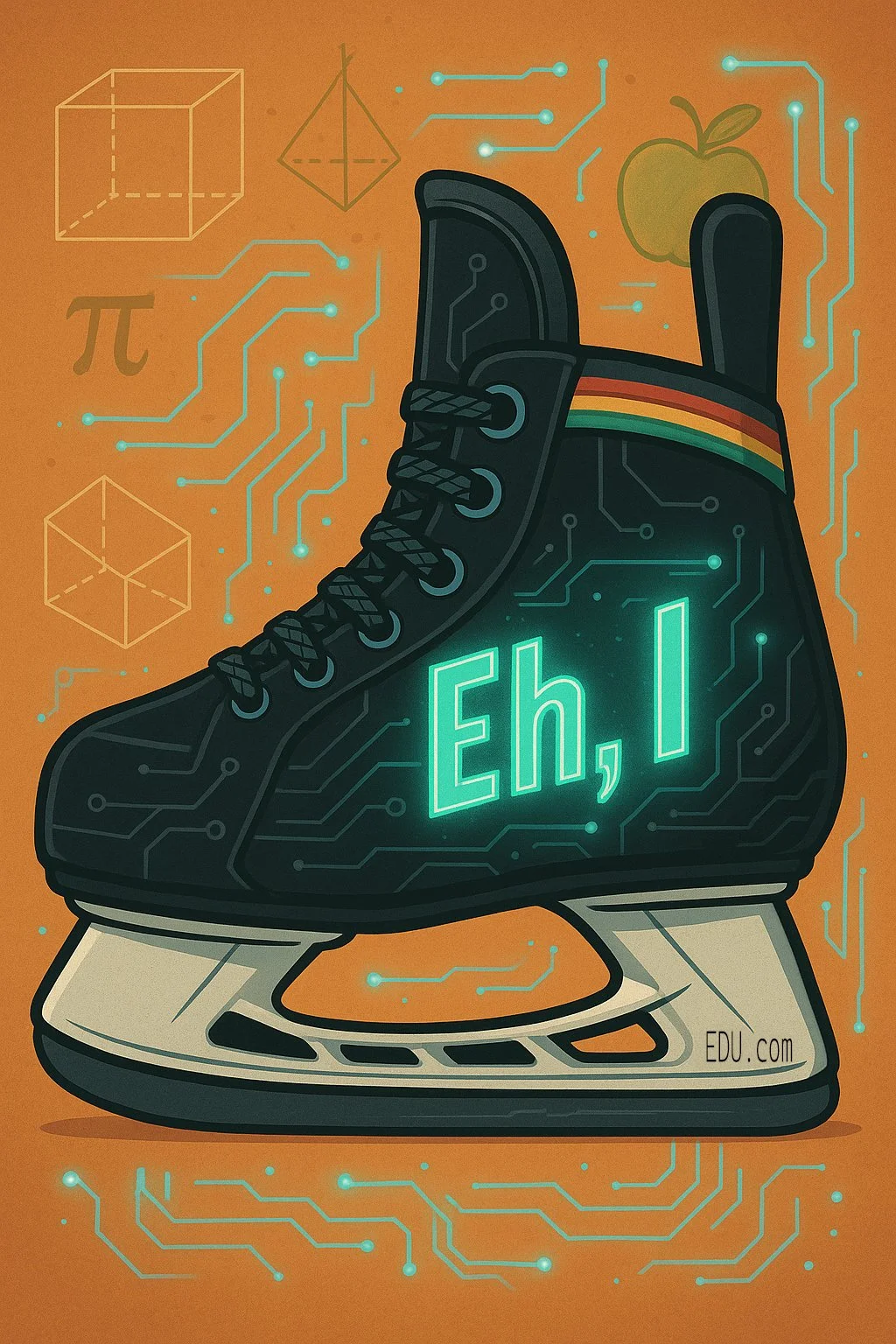
Roadtrip
Black Hills to Santa Fe — Reflections on AI in Practice
This is one of the most intentional journeys I’ve planned to connect land, history, and the power of AI to enhance how I teach and create. Over seven days and roughly 2,600 miles, I’m traveling from Minneapolis through Dakota, Lakota, and Cheyenne homelands to the Black Hills, Denver, and Santa Fe. Each stop—from the He Sapa Wacipi Na Oskate (Black Hills Pow Wow) in Rapid City to the Honoring Native Nations Pow Wow in Santa Fe—serves as a living classroom, offering opportunities to use AI for reflection, lesson design, and storytelling.
Throughout this trip, I’m guided by three content arcs that shape much of my work: Earth Pledge (environmental awareness and place-based storytelling), Our Classroom May Be In... (location-driven learning), and Good Trouble (honest reflection on history and visibility). By integrating these themes with AI, I’m discovering new ways to help students explore geography, identity, and empathy—bridging traditional learning with digital innovation.
AI is an active part of both planning and execution. I’m using it to research routes, compare state park amenities, optimize drive times, and generate balanced itineraries that fit daylight and filming windows. Each day blends exploration and purpose: sunrise filming in Custer State Park, reflection at Mount Rushmore, and a visit to the Crazy Horse Memorial —a powerful reminder of how land, identity, and resilience intertwine. AI also supports the creative process by helping me design visuals, organize my vlogging schedule, and script voiceovers that align with my classroom goals.
As it continues, AI remains my creative collaborator—turning real-time experiences into meaningful teaching tools for Indigenous Peoples’ Day, Latino Heritage Month, and beyond. This journey isn’t just about travel; it’s about demonstrating how educators can use AI to transform reflection into curriculum and movement into meaningful connection.
What is GapGPT?
History comes alive when you hit the road—and AI is in the driver’s seat.
Our featured video, Indigenous Land to Parks, gives you a front-row seat to how AI maps the journey from traditional Indigenous homelands to the state and national parks we know today—connecting the past to the places you can still visit.
Content curated by a MN and WI Licensed Teacher
GapGPT started on the road—literally. Imagine Social Studies lessons that don’t just tell students about history, culture, and place, but take them there. Using AI, I plan each journey to answer three key questions: Where should we go? What should we explore? How can we make it real for students?
From Minnesota lakeshores to Wisconsin forests, GapGPT connects original Indigenous Peoples’ lands to today’s state and national parks—bringing the stories, voices, and perspectives often missing from textbooks right into the classroom. Every video lesson is tied directly to Minnesota and Wisconsin Social Studies standards, with a special focus on Indigenous Peoples studies.
The goal? To close the “opportunity gap” for traditionally marginalized communities by giving students access to content that is relevant, rigorous, and inspiring. Using AI, I create lessons that help scholars not just catch up—but level up.
Coming September 2025, the GapGPT YouTube channel will feature:
Standards-aligned Social Studies videos for grades K–12 in Minnesota and Wisconsin.
Behind-the-scenes AI planning, showing exactly how I choose locations, design questions, and create learning experiences.
Stories that connect past to present, highlighting the resilience and contributions of Indigenous communities.



